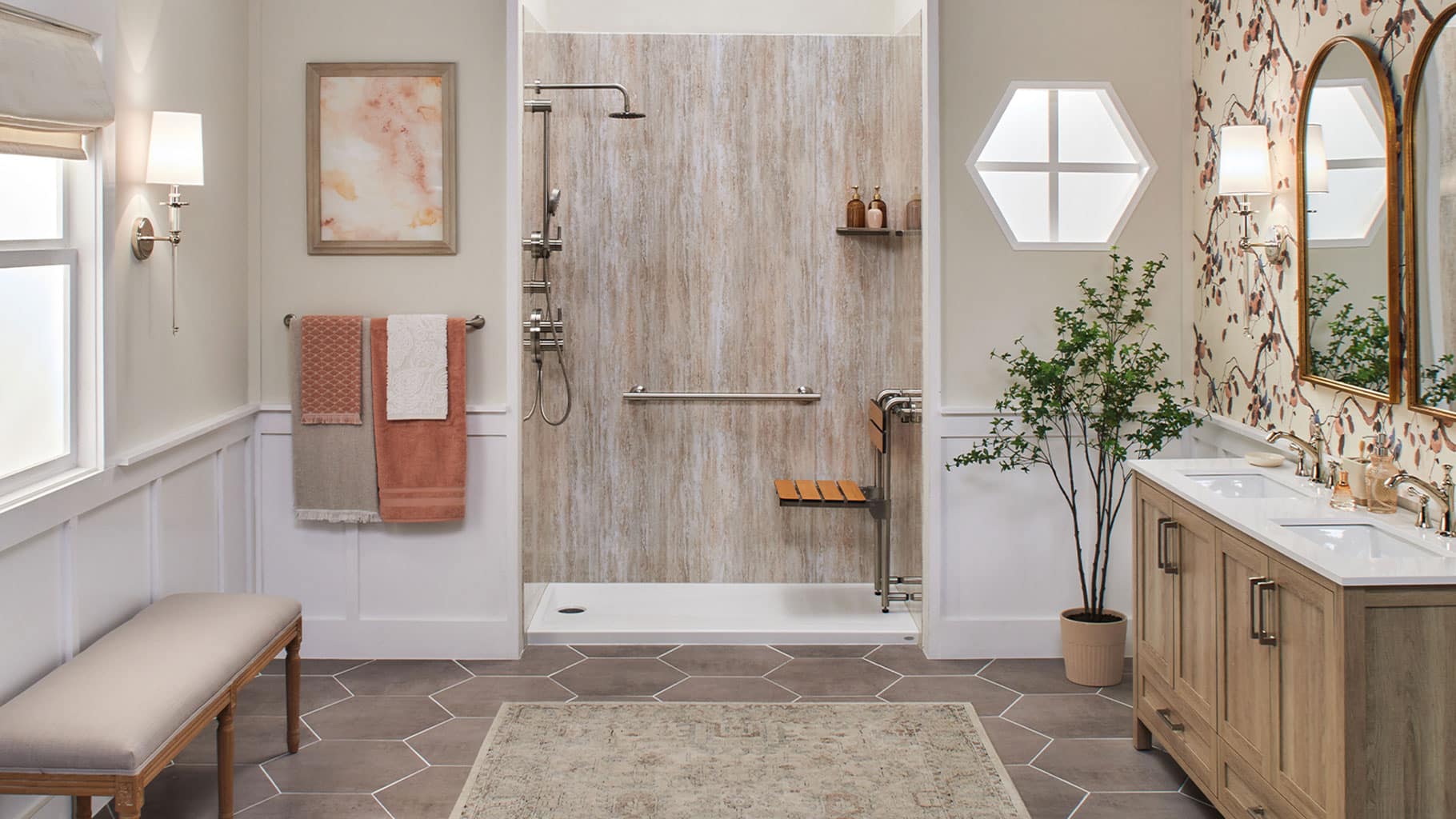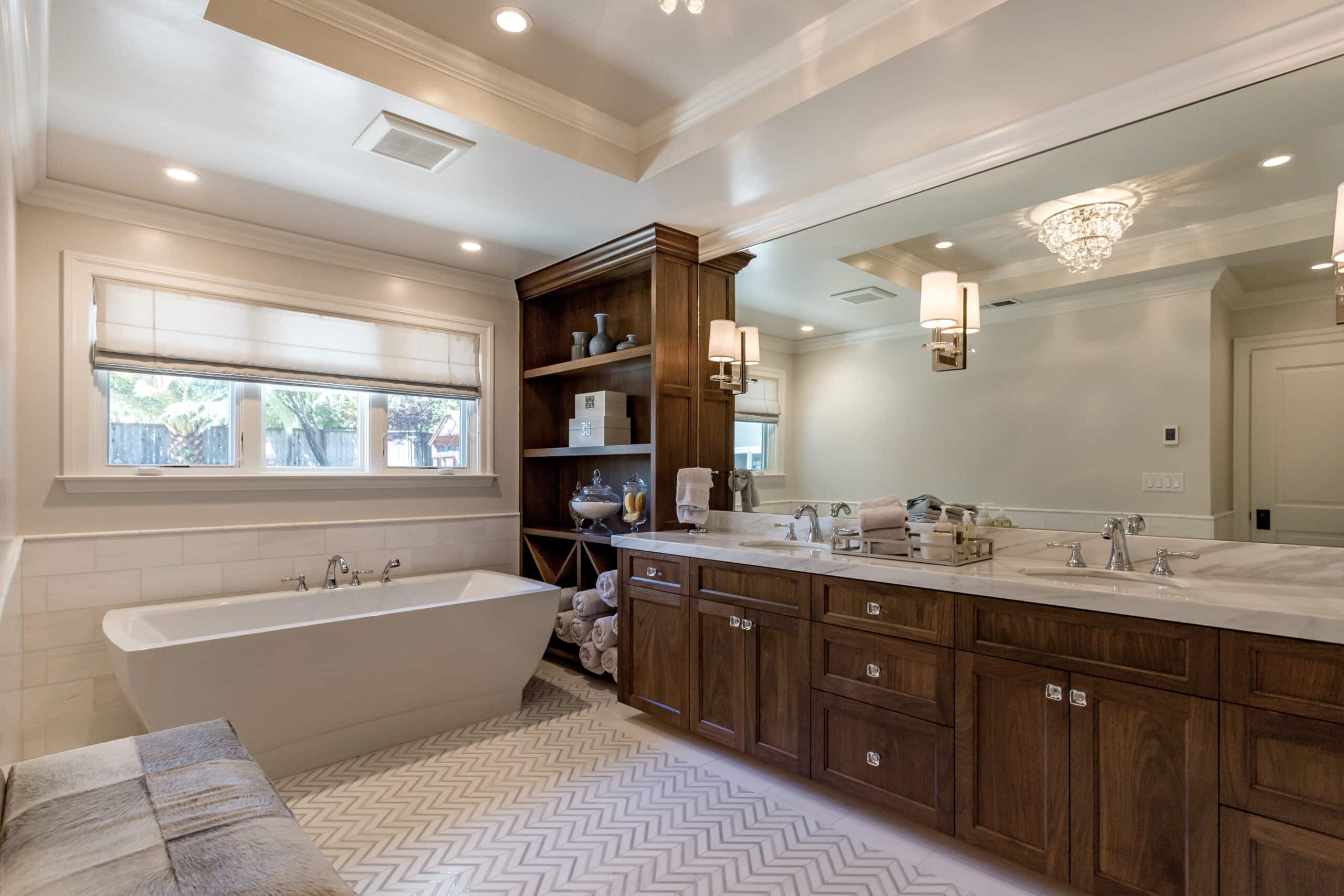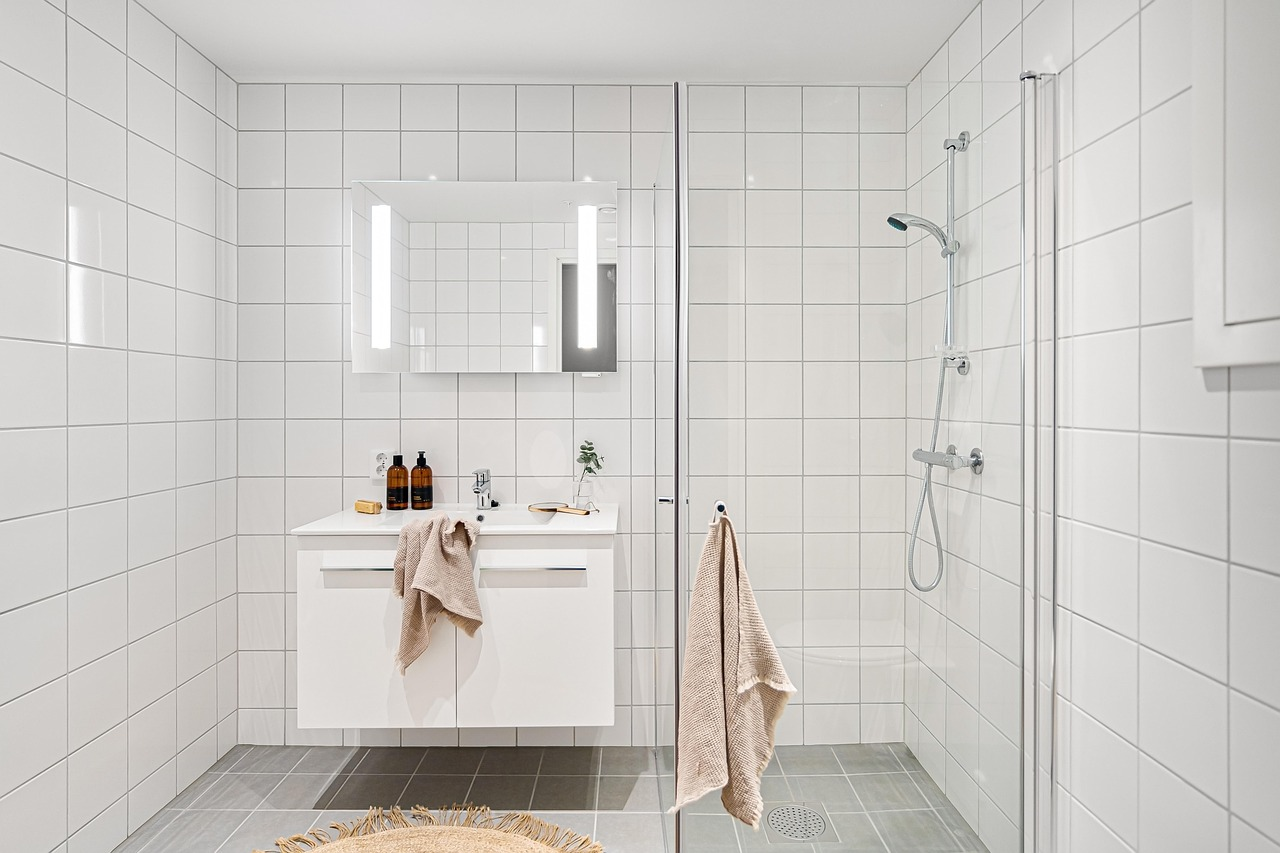Bathrooms carry more weight than their size suggests. They’re where people prepare for what’s ahead and shake off what’s behind. When the space ceases to be functional, even simple routines can feel off balance.
Upgrades and renovations don’t have to involve an overwhelming, full-scale remodel. Sometimes, a simple alteration is all it takes to realign the function of a room. With the right updates, a bathroom becomes easier to use, more pleasant to be in, and better suited to serve your needs.
Every part of a bathroom should work cohesively for maximum function. Storage, lighting, surfaces, and layout are all features that can shape your comfort, usage, and even peace of mind. Knowing when a refresh is needed is the first step toward upgrading your bathroom.
Signs It’s Time To Upgrade Your Bathroom

Small bathroom issues have a way of building up over time. It’s important not to ignore key reasons your bathroom needs a remodel, such as improving its overall safety and function, ridding the space of mold or mildew, increasing your home value, and simply elevating its look and appearance. These improvements are worth the time and effort required and can optimize both the form and function of your bathroom.
Start by focusing on your bathtub or shower. Over time, these fixtures can look outdated and become harder to maintain. Mold growth along grout lines or on ceilings often traces back to insufficient ventilation.
Damaged features, such as dented tubs, cracked tiles, or waterlogged materials, might seem manageable, but they can lead to serious damage. Upgrades and remodels focused on these large bathroom elements improve safety as well as bring your space up to modern standards.
Layout challenges can also be an issue in need of an update. A lack of counter space, poor lighting angles, or tight walkways can make every task feel more difficult in a bathroom. Even when everything technically works, there may still be a need for simple renovations.
Smart Design Ideas For Small Bathrooms
Smaller bathrooms need clarity in both design and purpose. Every piece must earn its place. Thoughtful choices can open up the space without expanding a single wall.
Try utilizing small bathroom space-saving ideas like focusing on color and using soft neutrals to reflect light and reduce visual clutter. Using one tone across multiple surfaces can stretch the perception of depth, while contrasting floors or half-wall paneling can ground the room without making it feel small. In general, lighter tones create airiness without sacrificing style.
Another space-saving idea is using glass materials, especially in showers. Frameless glass doors eliminate harsh breaks in the room’s flow. Replacing a bulky shower curtain with glass makes the space immediately feel more roomy. It also allows light to flow freely, opening up tight quarters behind bathtubs or around showers.
In small bathrooms, storage is an inevitable concern. Wall-mounted vanities create openness by utilizing vertical space without closing off the flooring. Over-toilet shelving can bring function to an often underutilized space. Inset shelves and mirrored medicine cabinets reduce visual clutter while maintaining functionality. These small adjustments can make a small bathroom seem spacious while maintaining its essential functions.
Lighting and Fixture Solutions
Light transforms space. In bathrooms without natural light, layered lighting becomes critical. Wall sconces on each side of the mirror soften harsh shadows. A warm central fixture helps the room feel calm rather than clinical.
Compact fixtures can also maximize space. Smaller-profile sinks and toilets give back inches where it counts. Wall-hung sinks with exposed plumbing create an industrial style while reducing bulk. Combined with smart lighting, these updates help a bathroom feel brighter and more breathable.
Choosing the Right Upgrades For Functionality and Style

The right bathroom upgrades do more than increase visual appeal, they remove daily friction. A walk-in shower with built-in shelving means less reaching and less clutter. Barrier-free entries improve access and simplify cleaning. These features support comfort without demanding extra space.
Selecting durable materials can increase longevity and improve appearance. Large-format porcelain tiles resist moisture and reduce grout lines, keeping maintenance manageable. Natural stone finishes offer texture and warmth and provide heartiness to a room when properly sealed. Durable vinyl or composite surfaces can mimic high-end finishes without the same care requirements.
Hardware choices can also elevate a space. Fixtures in matte black, brushed nickel, or soft brass can help tie together modern design elements. Swapping handles, towel bars, or lighting can shift the tone of the entire room. These changes bring personality without requiring structural alteration.
Energy-Efficient Features
Efficient upgrades extend bathroom benefits beyond style. Low-flow showerheads and dual-flush toilets reduce water use. Light-emitting diode (LED) lighting saves energy and softens brightness. A modern ventilation fan clears humidity faster than older counterparts, which protects other improvements from long-term moisture damage.
These energy-efficient features support the environment while lowering ongoing utility costs. They also reflect the reality that bathrooms aren’t just style statements. They’re tools for everyday life. When those tools are updated, the whole routine becomes smoother.
Conclusion
A bathroom should function well and feel good. When cracks appear, storage fails, lights are too dim, or the layout is cramped, it might be time to start thinking about practical upgrades and renovations. Ignoring common bathroom issues and inconveniences simply delays the room’s potential.
Every upgrade, no matter how small, can shift how a bathroom supports your needs. A better shower layout, more practical storage, warmer lighting — each decision makes a difference. When approached intentionally, these choices create a space that feels elevated, aesthetically appealing, and functional.
When a bathroom is renovated to support the rhythm of your home routine again, it becomes more than a place to pass through. It becomes a space that works, quietly and constantly, to improve your daily life.

